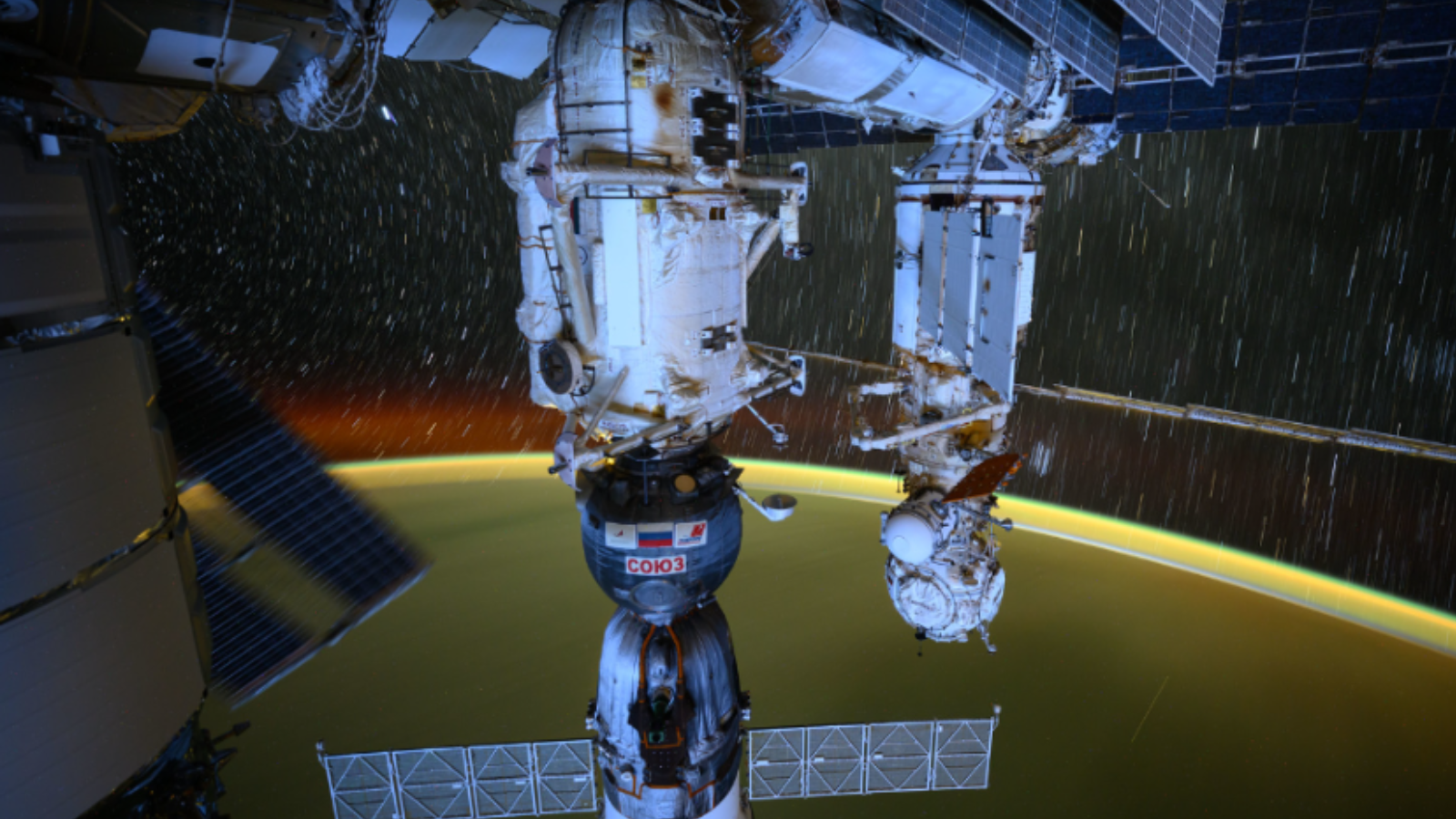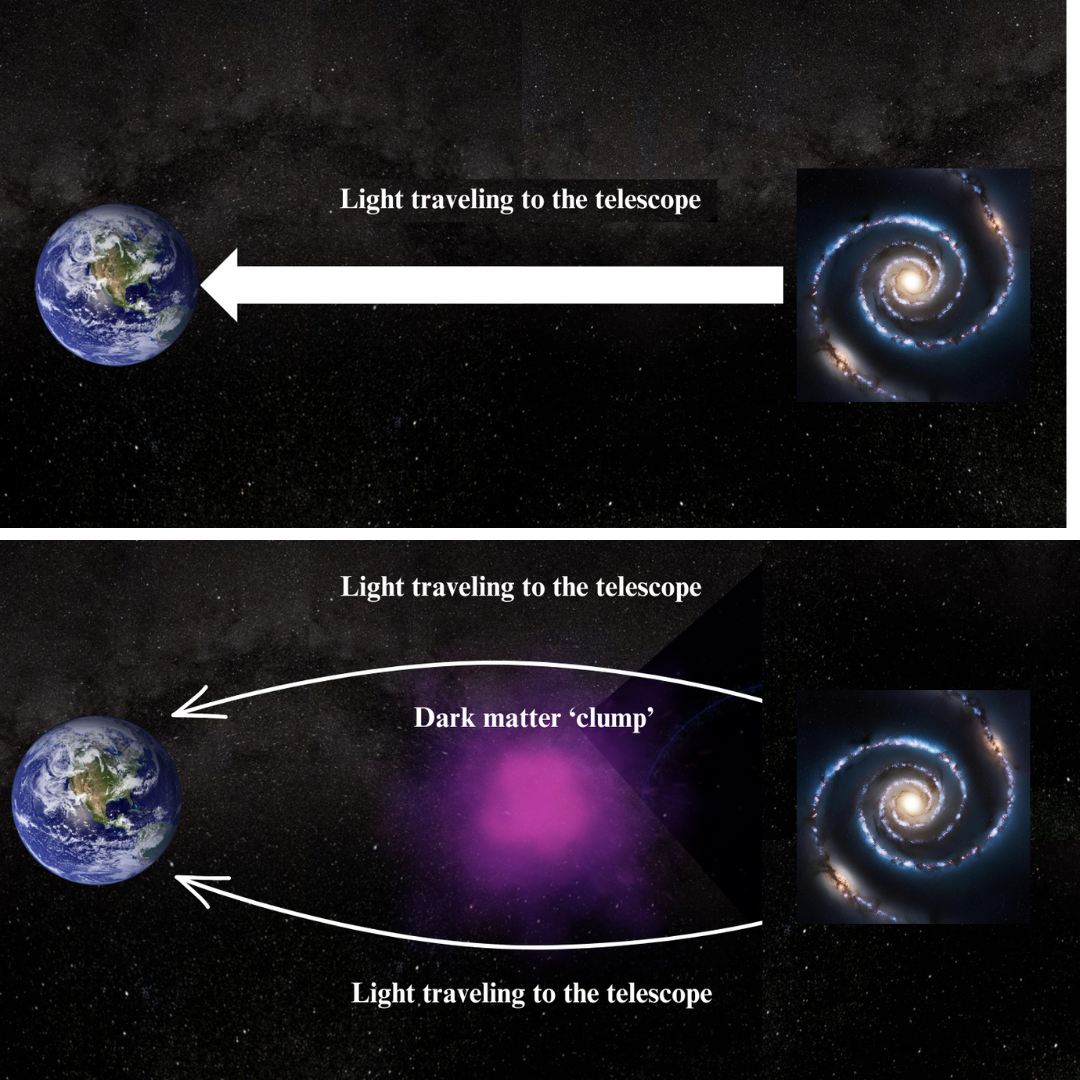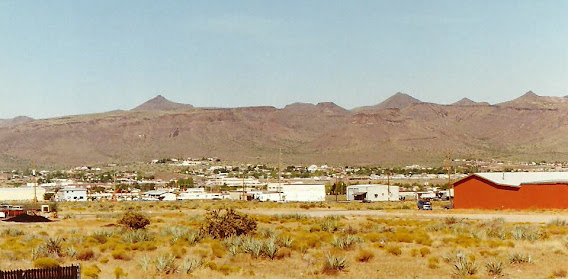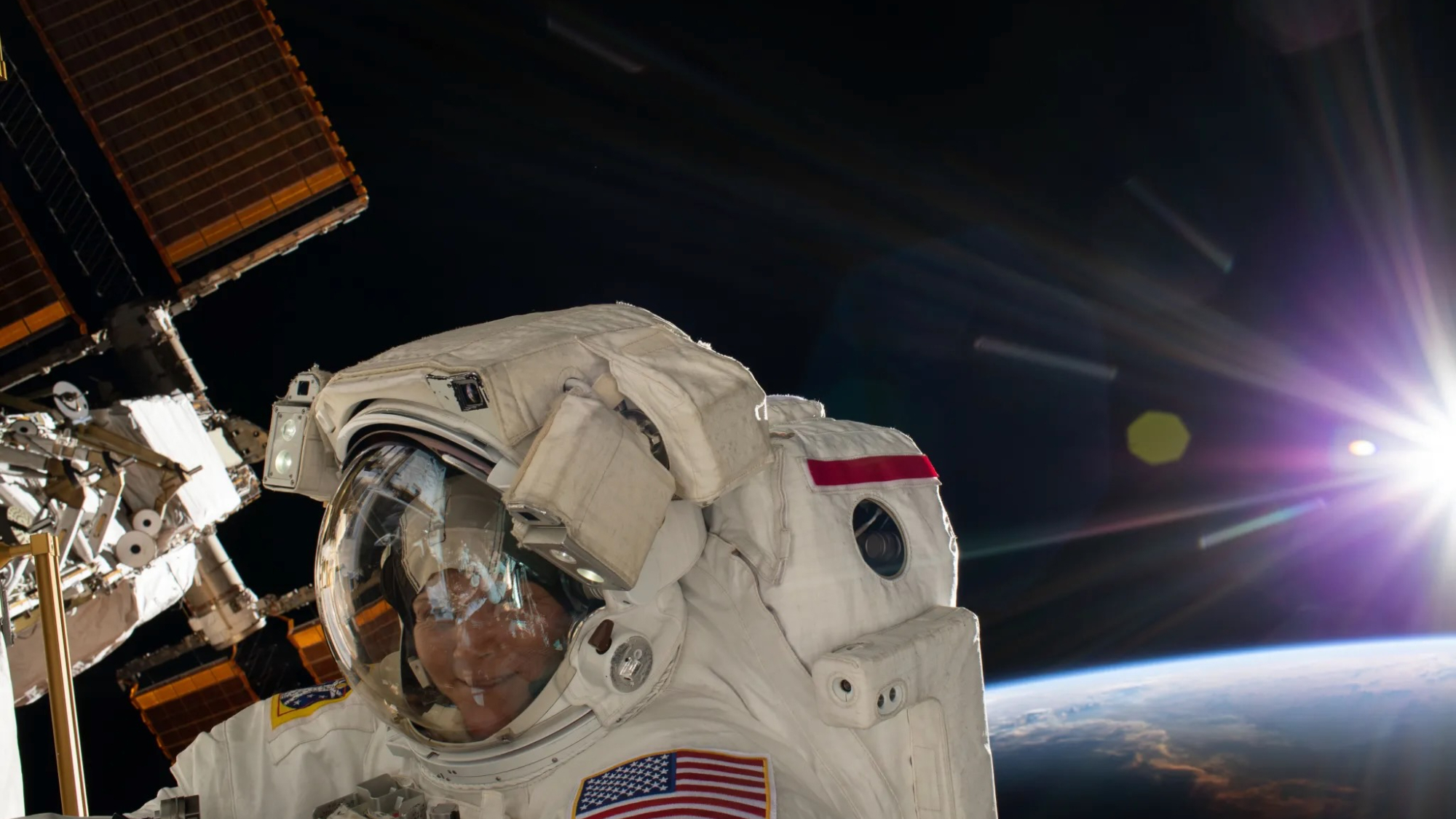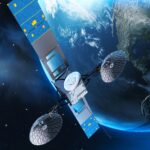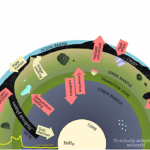The Atomic Clock Ensemble in Space (ACES), ESA’s state-of-the-art timekeeping facility, is now installed on the Columbus laboratory of the International Space Station. This still image, captured by external cameras
Hot Posts126- Page
NASA astronaut Don Pettit and two cosmonaut colleagues will return to Earth from the International Space Station (ISS) on Saturday night (April 19), if all goes to plan. The journey
Astronomers have discovered a long-missing element of a galactic collision involving the Perseus galaxy cluster, located 240 million light-years from Earth. This element, a newly detected “subcluster,” is 1.4 million
In the rich tapestry of UFO lore in the United States, the Kingman incident stands out, cloaked in mystery yet peppered with dubious claims and circumstantial evidence. The origins of
2 min read Preparations for Next Moonwalk Simulations Underway (and Underwater) Nemanja Jovanovic, lead instrument scientist at Caltech, presents at the Emerging Technologies for Astrophysics workshop, held at NASA’s Ames
With the constellation Ursa Major high in the sky, late April presents an ideal opportunity to spot the ‘Three Leaps of the Gazelle’ asterism – a set of three stellar
3 min read Preparations for Next Moonwalk Simulations Underway (and Underwater) One of several NASA distributed sensing ground nodes is set up in the foreground while an experimental air taxi
Join our newsletter to get the latest military space news every Tuesday by veteran defense journalist Sandra Erwin. WASHINGTON — The leaders of the House and Senate Armed Services Committees
The sixth-ever launch of Firefly Aerospace’s Alpha rocket is officially a failure. The two-stage, 96.7-foot-tall (29.6 meters) Alpha lifted off from California’s Vandenberg Space Force Base this morning (April 29),
Two NASA astronauts will conduct the fifth all-female spacewalk in history today (May 1), and you can watch the action live. Nichole Ayers and Anne McClain will head outside the
-
 012024 in Review: Highlights from NASA in Silicon Valley
012024 in Review: Highlights from NASA in Silicon Valley -
 02Panasonic Leica Summilux DG 15mm f/1.7 ASPH review
02Panasonic Leica Summilux DG 15mm f/1.7 ASPH review -
 03From Polymerization-Enabled Folding and Assembly to Chemical Evolution: Key Processes for Emergence of Functional Polymers in the Origin of Life
03From Polymerization-Enabled Folding and Assembly to Chemical Evolution: Key Processes for Emergence of Functional Polymers in the Origin of Life -
 04How New NASA, India Earth Satellite NISAR Will See Earth
04How New NASA, India Earth Satellite NISAR Will See Earth -
 05And Thus Begins A New Year For Life On Earth
05And Thus Begins A New Year For Life On Earth -
 06Astronomy Activation Ambassadors: A New Era
06Astronomy Activation Ambassadors: A New Era -
07SpaceX launch surge helps set new global launch record in 2024



